Children of addicts tend to carry the trauma of their childhood well into their adult lives, which end up messing with their minds. Children of addicted parents and alcoholics might look fine from the outside, but only they know about the storm that keeps on raging inside them.
Living with an addict (including alcoholics[1]) can feel like living in a war zone. The addict’s personality changes caused by addiction create chaos.
Family dynamics are organized around the substance abuser, who acts like a tyrant, denying that drinking or using is a problem while issuing orders and blaming everyone else. To cope and avoid confrontations, typically, family members tacitly agree to act as if everything is normal, not make waves, and not mention addiction.
Dysfunctional Parenting Causes Codependency
In families with addiction, parenting is unreliable, inconsistent, and unpredictable. There never is a sense of safety and consistency, allowing children to thrive.
The majority suffer emotional, if not physical abuse, and thus carry issues of trust and anger about their past, sometimes directed at the sober parent, as well. In some cases, the sober parent is so stressed that he or she is more impatient, controlling, and irritable than the alcoholic, who may have withdrawn from family life.
The children may blame the sober parent for neglecting their needs or not protecting them from abuse or unfair decrees issued by the alcoholic. In high-conflict couples, both parents are emotionally unavailable.
Children’s needs and feelings get ignored. They may be too embarrassed to entertain friends and suffer from shame, guilt, and loneliness. Many learn to become self-reliant and needless to avoid anyone having power over them again.
Because an addict’s behavior is erratic and unpredictable, the vulnerability and authenticity required for intimate relationships are considered too risky.
Children live in continuous fear and learn to be on guard for signs of danger, creating constant anxiety well into adulthood. Many become hyper-vigilant and distrustful and learn to contain and deny their emotions, which are generally shamed or denied by parents.
In the extreme, they may be so detached that they’re numb to their feelings. The environment and these effects are how codependency is passed on – even by children of addicts who aren’t addicts themselves.
Related: 10 Signs that Your Childhood with an Alcoholic Parent Is Still Affecting You Today
Family Roles
Children typically adopt one or more roles[2] that help relieve tension in the family. Typical roles are:
1. The Hero
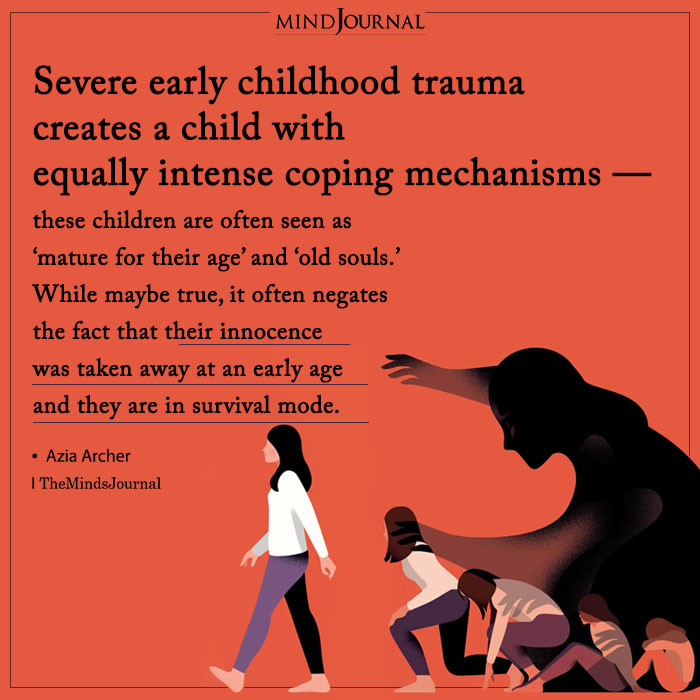
The hero is usually the eldest child and most identified with a parental role, often helping with parental duties. Heroes are responsible and self-reliant. They sacrifice and do the right thing to keep calm.
They make good leaders, are successful, but often anxious, driven, controlled, and lonely.
2. The Adjuster
The adjuster doesn’t complain. Rather than be in charge like the hero, the adjuster tries to fit in and adapt. Thus, as adults, they have difficulty taking charge of their life and pursuing goals.
3. The Placater
The placater is the most sensitive to others’ feelings and tries to meet others’ emotional needs, but neglects their own. They also must discover their wants and needs and learn to pursue their goals.
4. The Scapegoat
The scapegoat acts out negative behavior to distract the family from the addict and to express feelings he or she can’t communicate.
Some scapegoats turn to addiction, promiscuity, or other acting-out behavior to distract themselves and manage their emotions. When they’re in trouble, it unites the parents around a common problem.
5. The Lost Child
The lost child is usually a younger child who withdraws into a world of fantasy, music, video games, or the Internet, seeking security in solitude. Their relationships and social skills may necessarily suffer.
6. The Mascot
Also a younger or youngest child, the mascot manages fear and insecurity by being cute, funny, or coquettish to relieve family tension.
Related: The Narcissist’s Family: The Roles Cast by the Narcissist
Adult Children of Alcoholics and Addicts (ACAs)
Although these roles help children cope growing up, as adults, they often become fixed personality styles that prevent full development and expression of the self.
Roles prevent authentic communication necessary for intimacy. As adults, deviating from a role can feel as threatening as it would have been in childhood, but it’s necessary for full recovery from codependency.
Roles can also conceal undiagnosed depression and anxiety. Often, depression is chronic and low-grade, called dysthymia.
1. Trauma
Many develop trauma symptoms of PTSD – post-traumatic stress syndrome, with painful memories and flashbacks similar to a war veteran.
Physical health may be impacted as well. The ACE (“Adverse Childhood Experiences”) study found a direct correlation between adult symptoms of negative health and childhood trauma.
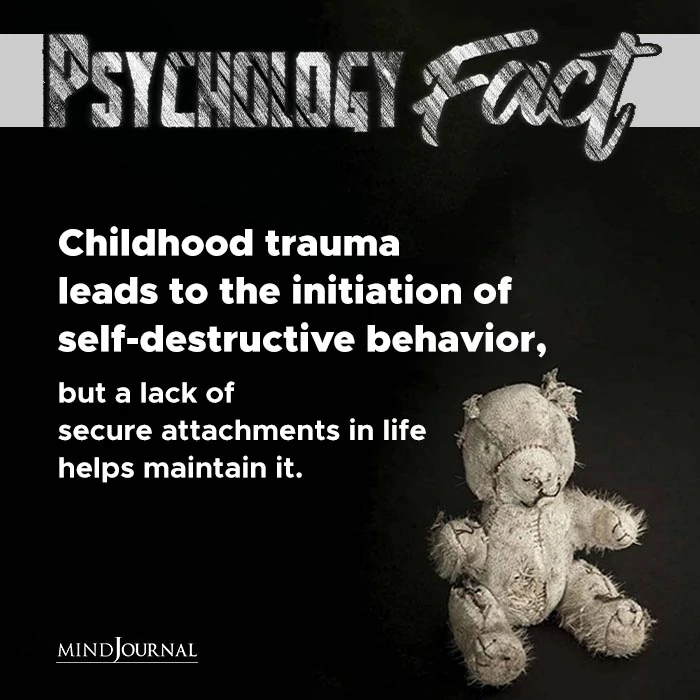
ACE incidents that they measured included divorce, various forms of abuse, neglect, and also living with an addict or substance abuse in the family. Children of addicts and alcoholics usually experience multiple ACEs.
Related: 4 Ways That Childhood Trauma Impacts Adults
2. Second-Hand Drinking
Lisa Frederiksen, daughter of an alcoholic mom, coined the term “Second-Hand Drinking” or SHD to refer to the negative impact an alcoholic has on other people in the form of “toxic stress.”
It’s toxic because it’s unrelenting and children can’t escape it. In her own recovery, she made the connection between ACEs and SHD and how toxic stress can result in generational addiction, including her own struggle with an eating disorder.
“Both SHD and ACEs are two of the key risk factors for developing addiction (of which alcoholism is one). The two key risk factors are childhood trauma and social environment.
Given SHD’s genetic connection, a person experiencing SHD-related ACEs then has three of the five key risk factors for developing the brain disease of addiction (alcoholism).”
Conversations with her mom, helped Lisa forgive her and allowed her mom to forgive herself:
“During our conversations, mom identified herself as having five ACEs and that her own mom (my grandmother) had a drinking problem.
All of us had long-term exposure to secondhand drinking. To be clear – not all ACEs are related to SHD, of course. My mom had two and I had one of those, as well.
“Mom and I talked about my realization that I’d blindly participated in passing along the consequences of my own untreated SHD-related ACEs to my daughters the same way my mom had blindly passed hers to me. And these consequences were not limited to developing alcoholism or an alcohol use disorder.
They were the consequences of insecurity, anxiety, fear, anger, self-judgment, unclear boundaries, accommodating the unacceptable, constant worry, and the other physical, emotional, and quality-of-life consequences of toxic stress. It was this shocking insight that moved me to treat my untreated SHD-related ACEs and help my daughters treat theirs.
“The bottom line is these discoveries helped my mom finally forgive herself the way I had forgiven her years ago. Not the kind of forgiveness that excuses trauma-causing behaviors, rather the kind of forgiveness that lets go of wishing for a different outcome. It is the kind of forgiveness that recognizes we were all doing the best we could with what we knew at the time.”
[1]In the recent DSM-5 manual for mental disorders, alcoholism is now referred to as an “Alcohol Use Disorder and alcoholics as a person with an Alcohol Use Disorder.
Similar changes were made for other substance-related disorders, classified according to the substance, such as opioids, inhalants, sedatives, stimulants, hallucinogens, and cannabis.
[2] Adapted from Darlene Lancer, Codependency for Dummies, 2nd ed., Ch. 7, (John Wiley & Sons, Inc.: Hoboken, N.J. (2015)
©Darlene Lancer 2017
Written by Darlene Lancer, JD, LMFT Originally appeared on WhatIsCodependency.Com
Children of addicts lead tougher lives compared to other people, due to the pain and trauma they have experienced in their childhood. Without proper help and support, they find it difficult to move on from the trauma, especially for the adult children of addicts, and somehow it seems to follow them and stay with them wherever they go.
Frequently Asked Question (FAQs):
Are the children of alcoholics more likely to become alcoholics?
Children of alcoholics are four times more likely to become alcoholics than children of non-alcoholics.
Is alcohol a genetic disease?
Although there are no alcohol genes in our system, a family history of alcoholism may increase the risk of genetic alcohol use in the family. Genes can affect alcohol metabolism and that is why parent-child submission of the addiction to alcohol can be present.
At what age does childhood trauma start?
Childhood Trauma can occur to children aged 0-5 years.
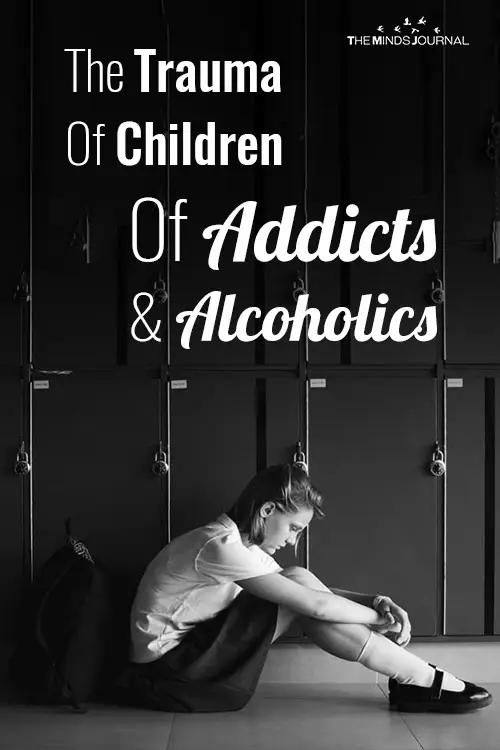
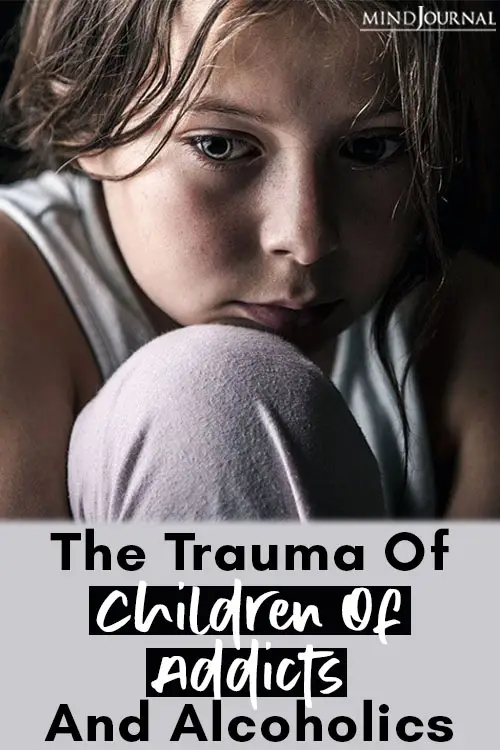
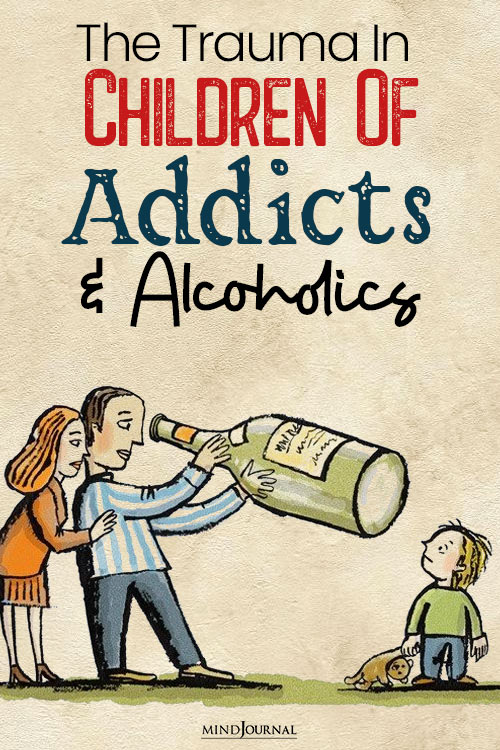
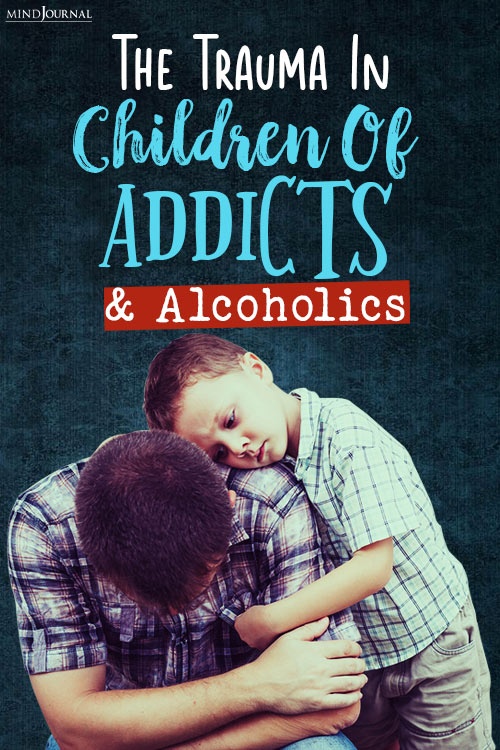
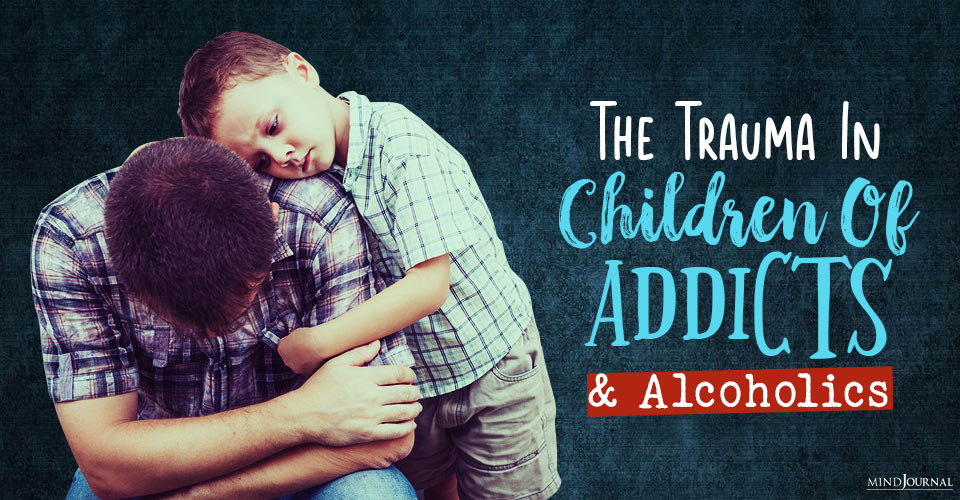

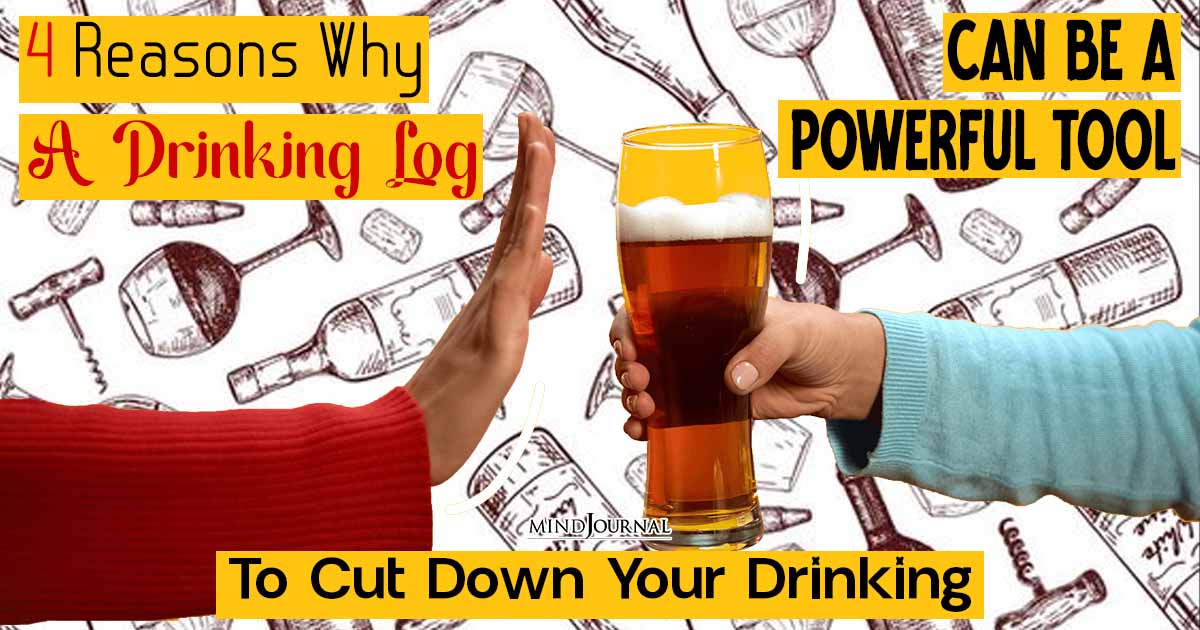
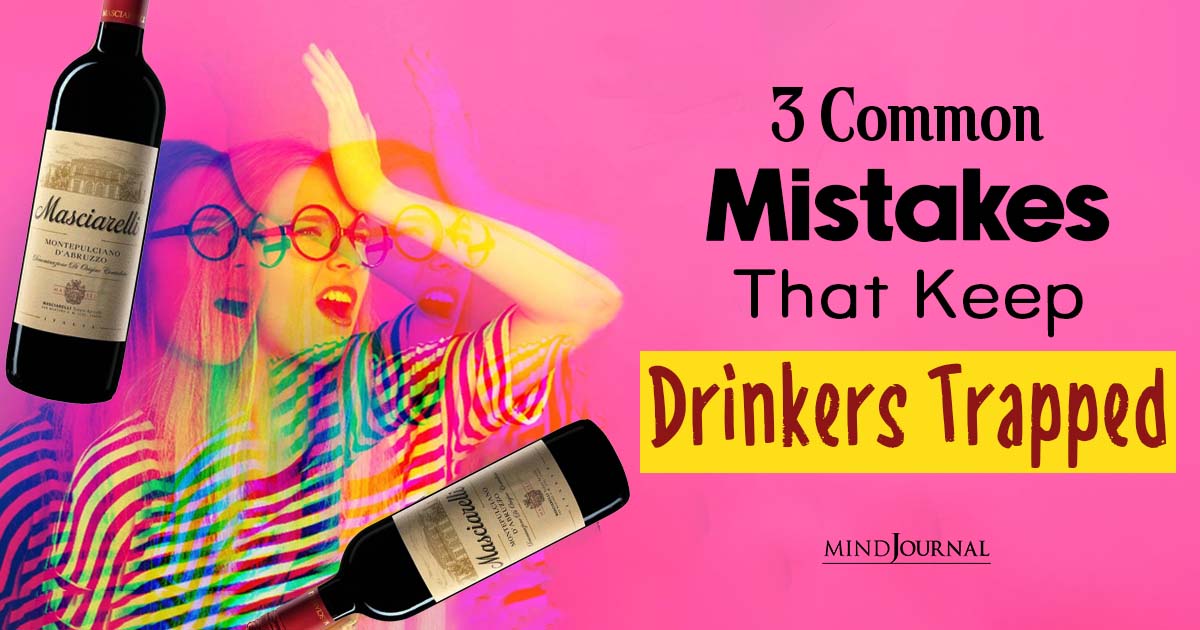
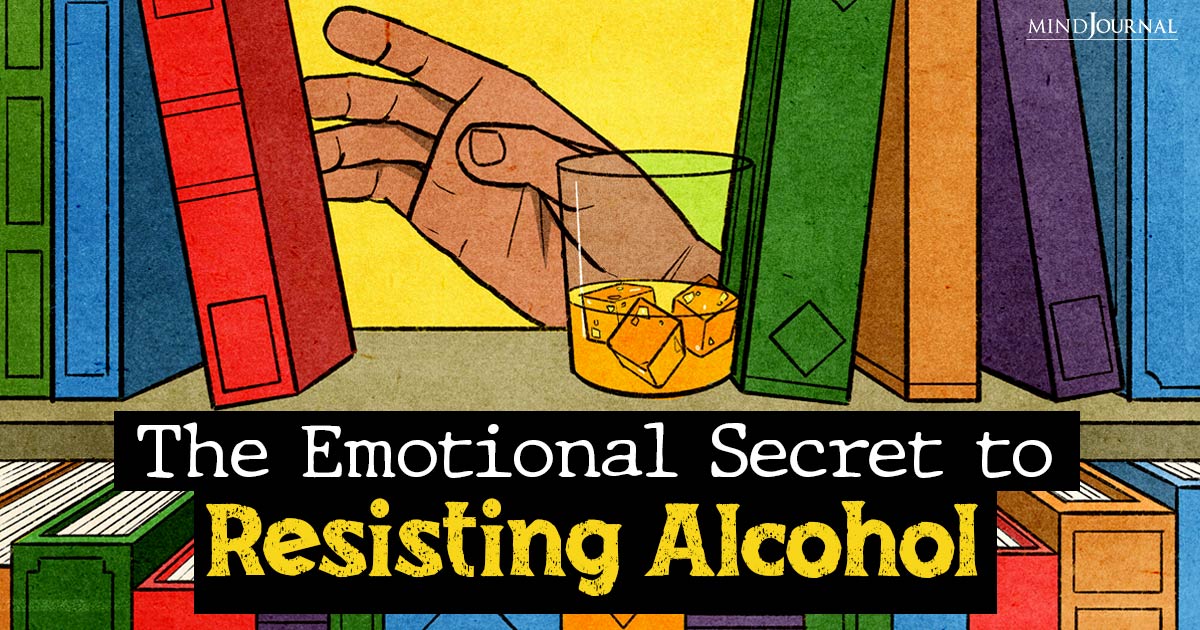
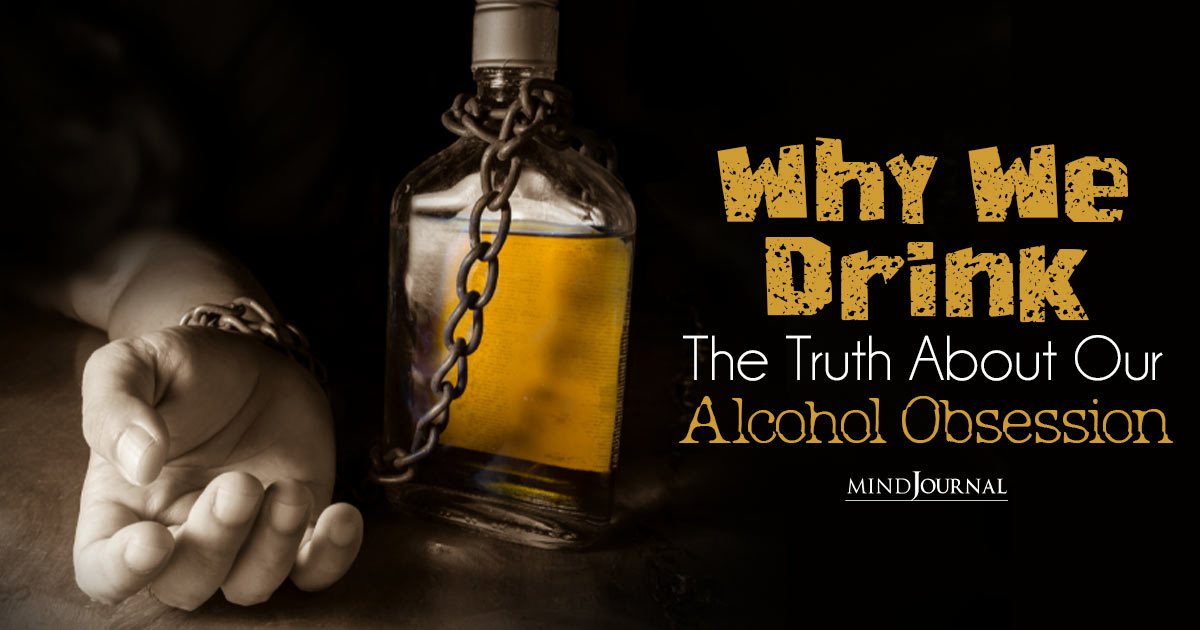
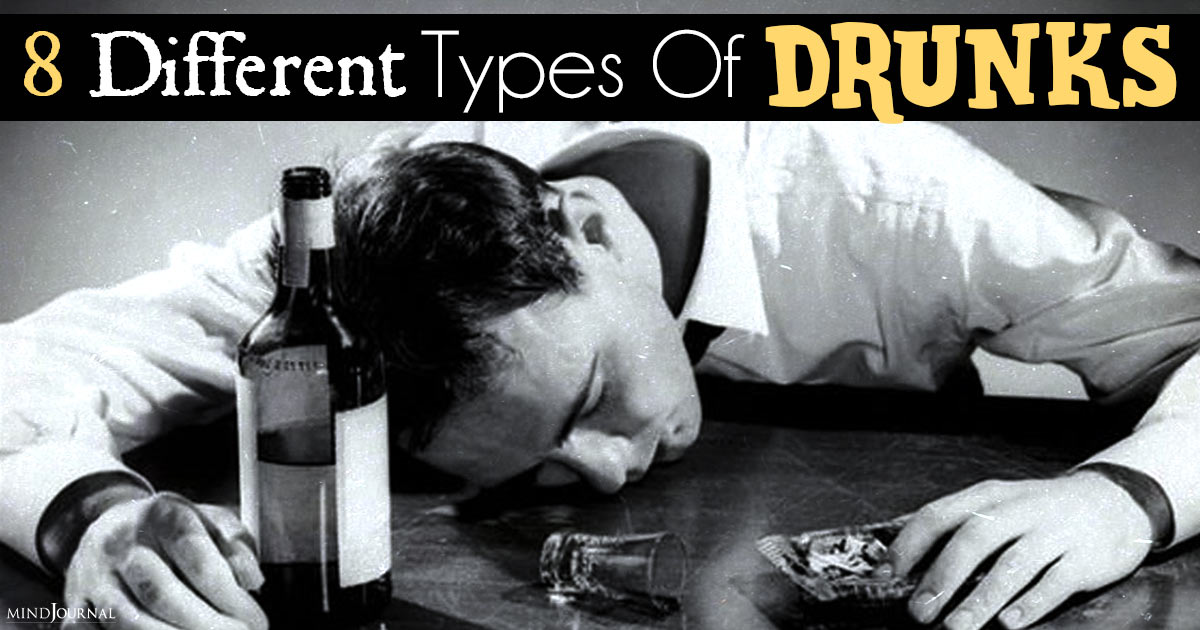
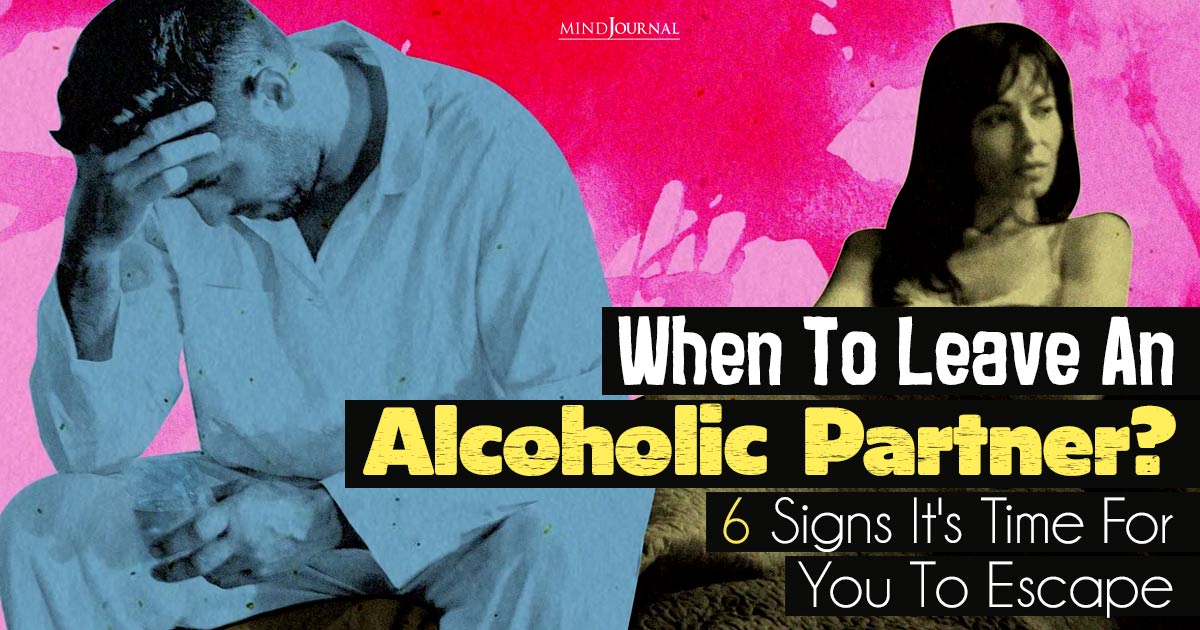
Leave a Reply
You must be logged in to post a comment.